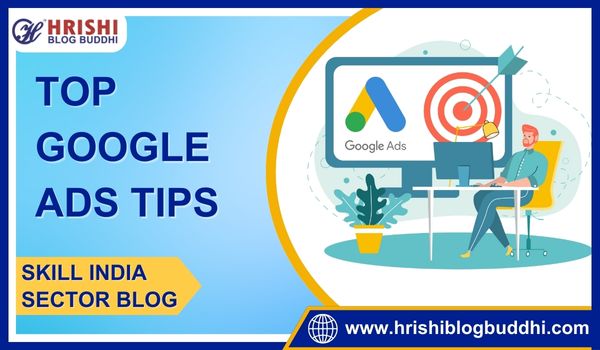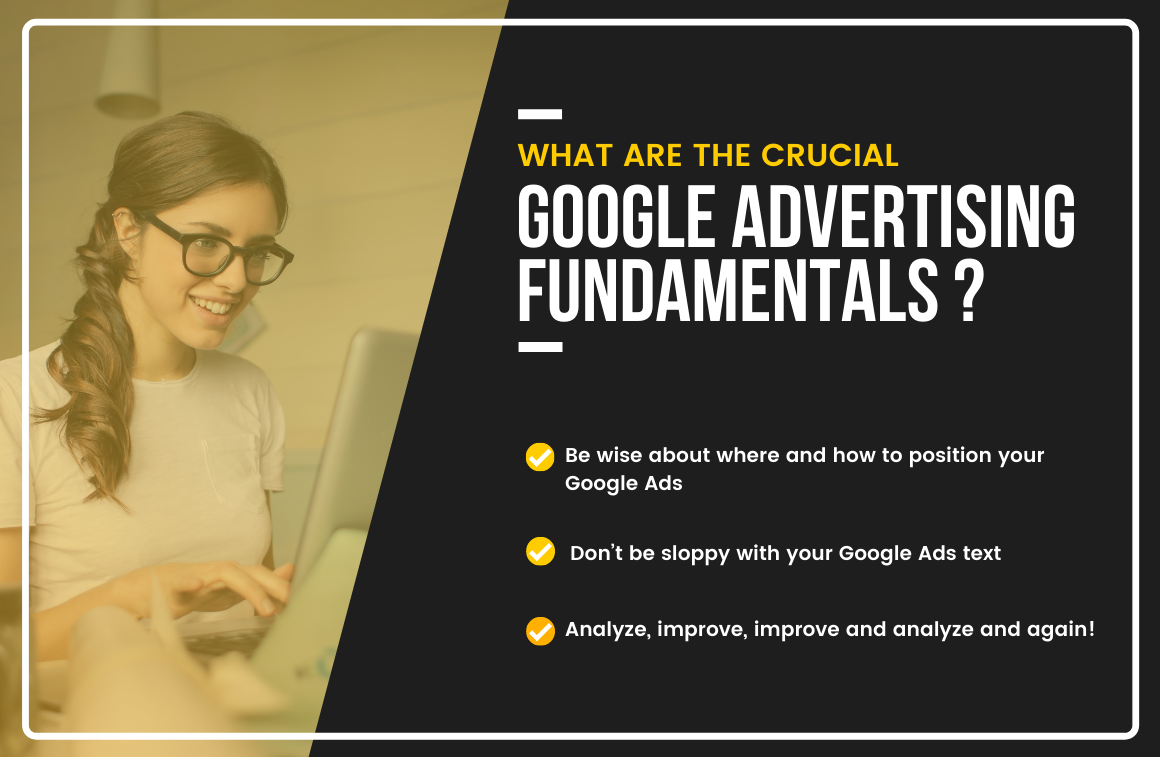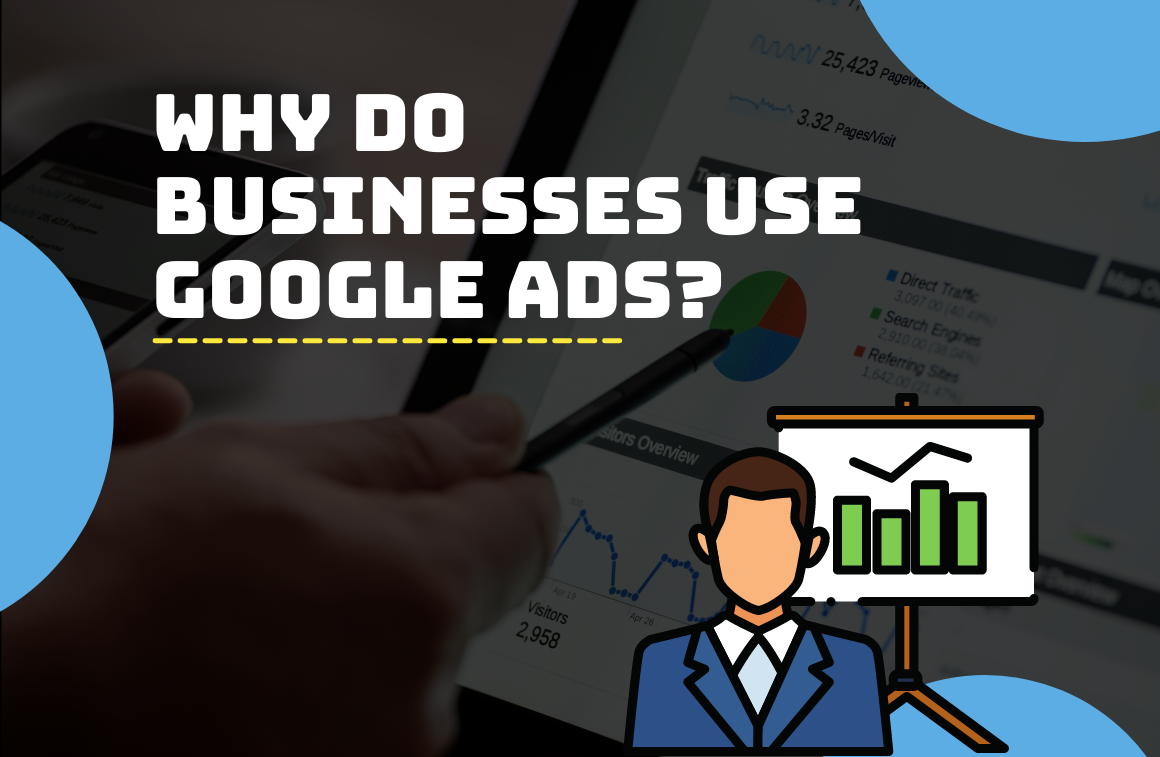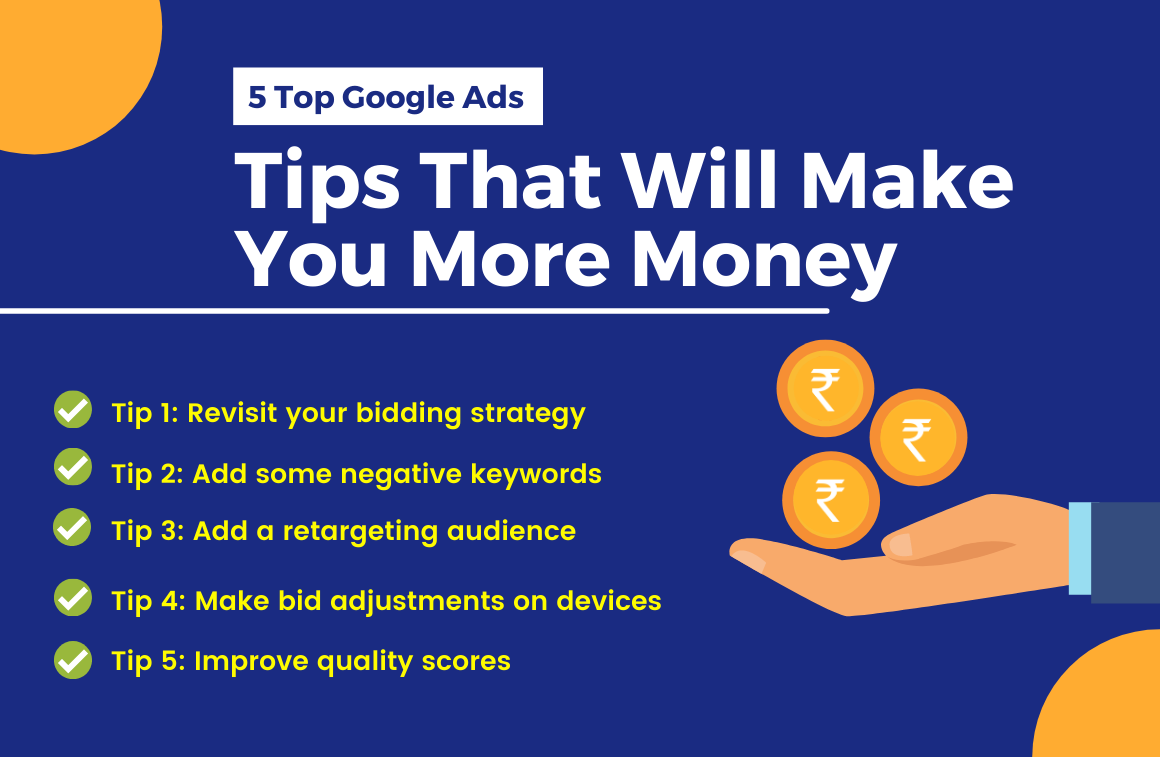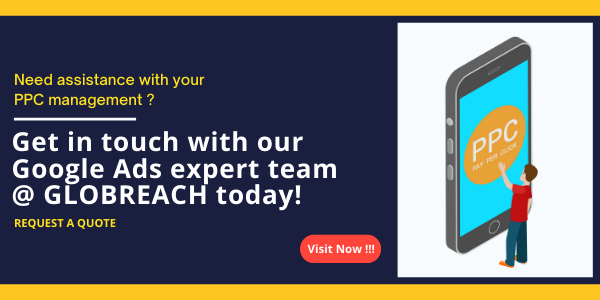You want to provide your Google Ads account a quick refresh. As even the most sophisticated Google Ads accounts require every once in a while a good clean-up. It really doesn’t take too long to provide your account a good gut check.
Tip 1: Revisit your bidding strategy
As you may know, there are two major categories of bid strategies on Google Ads: automated bidding and manual bidding.
Bid strategies are controlled on the campaign level. To switch, click on “Settings” under any campaign. Under “Bidding,” click on “Change bid strategy.”
There are advantages and disadvantages to both manual and automated bidding, and I wouldn’t suggest knocking either strategy unless you’ve attempted it. Better yet, you don’t need to use the similar bid strategy throughout all campaigns on your account.
Tip 2: Add some negative keywords
Adding negative keywords is one of the simplest ways to get rid of wasted spend inside your Google Ads account. Because the search terms that result in your ad being displayed are continuously changing, it’s critical to glance through them, choose out the super irrelevant ones, and add those as negative keywords. You may want to consider having negative keyword lists for every campaign, in addition to a keyword list for your entire account.
If one subject in particular is typically displaying up in your search terms and isn’t relevant to the ads it’s displaying for but is relevant to your business, consider creating a new campaign/ad group for that subject matter.
Tip 3: Add a retargeting audience
As long as your site is tagged with Google’s tracking pixel, and your site receives sufficient traffic to meet Google’s needs, you must be able to refresh your Google Ads account by adding retargeting audience.
A retargeting audience displays your ads to people that have previously visited your site. These audiences are configured at a campaign level.
It’s often a good idea to come up with innovative ways to retarget your website visitors—this is a simple way to reach users who have already displayed interest in your brand, product, or services. As in, you’re working with a warmer audience who’s much more likely to convert. Remarketing campaigns frequently work well with display ads, however it’s also great to use this tactic for search campaigns —attempt it out.
Tip 4: Make bid adjustments on devices
A great way to control your bidding is via way of means of making bid adjustments on devices based totally on their performance. This is controlled on the ad group or campaign level. Device settings may be adjusted through navigating to a campaign and clicking on: Devices.
Be certain that your columns are configured to display your KPIs and compare performance data for every device. Then, increase or decrease your bids accordingly. For instance, if cell gadgets have a lower CPC and higher conversion rate than computers, you’ll need to either increase your bid on cell gadgets or decrease your bid on computers.
Tip 5: Improve quality scores
This should go without explanation, but it’s significant to continue to monitor and boost quality scores over time. Ads often run throughout a variety of keywords and direct users to pages that have relatively thin content that doesn’t comprise the keywords.
Google takes three primary factors into account when figuring out the quality score of every keyword.
- The landing page experience
- The click-through rate
- The ad relevance
Quality scores range from one to ten, with ten being the best. Keywords with low quality scores run the threat of paused ads due to quality score problems. If you don’t have notifications enabled, you might not even be conscious whether this is happening.
Take time to plan out which keywords to target, how the ad groups are structured to display for those keywords and how closely the ad copy aligns with each of the keywords within the ad group.


